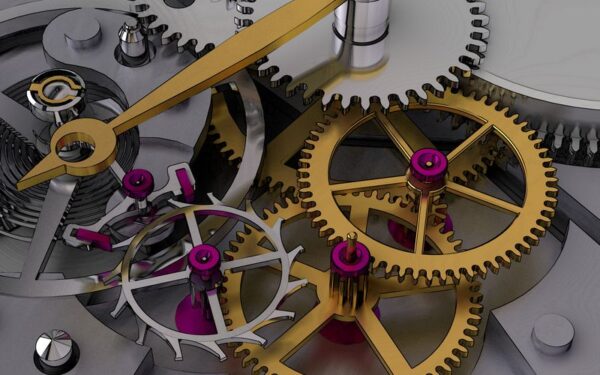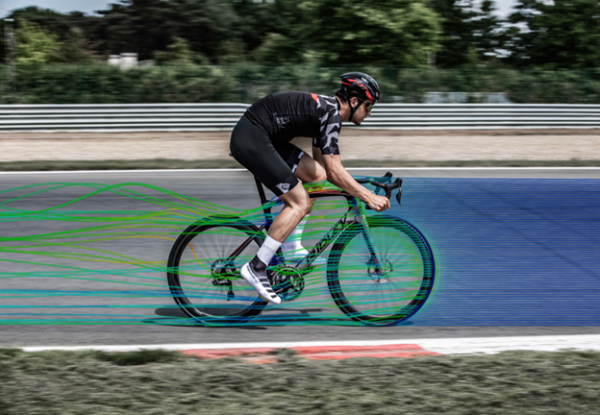

With Simcenter STAR-CCM+ 2302 we extend the capability to Discrete Element Method (DEM) particles allowing to apply evaporation models to DEM phases. This functionality is for example successfully used to simulate milk droplets in spray drying. In Simcenter STAR-CCM+ 2022.1, we therefore introduced the Liquid-Solid-Gas material for Lagrangian non-DEM particles allowing to apply evaporation modeling for droplets containing solid materials. The CFD simulation of such systems requires both a precise prediction of particle motion and respective phase-change phenomena.


Many applications in the chemical processing, mining, steel, food and battery manufacturing industry involve drying of wet solids. Simcenter STAR-CCM+ offers a comprehensive solution to better understand this hazardous safety event and helps design pack and mitigation measures, thereby reducing the needs for costly tests. Thanks to its powerful multiphysics capabilities and the all-new dedicated workflow, Simcenter STAR-CCM+ is perfectly suited to study the propagation of thermal runaway events on a complex pack geometry. The workflow supports the straightforward simulation of a “failed” cells’ exothermal heat release with an empirical model and can be accessed as part of the Simcenter STAR-CCM+ Batteries add-on. Thanks to a focused workflow you can now handle large packs of hundreds or thousands of cells with ease yet retaining high modeling fidelity. In Simcenter STAR-CCM+ 2302 we release a dedicated workflow to accelerate the setup time of thermal runaway propagation simulations for batteries from hours down to minutes. This leads to an increasing demand for simulation to reduce the cost of testing and make safety design economically efficient. Such legislation forces major players making and using batteries to conduct numerous costly and lengthy tests to obtain certifications. With the rapid growth of electric vehicles circulating on the roads, new safety rules have been put in place at the country level but also internationally with new UN safety rules regarding the use of Li-ion batteries.


 0 kommentar(er)
0 kommentar(er)
